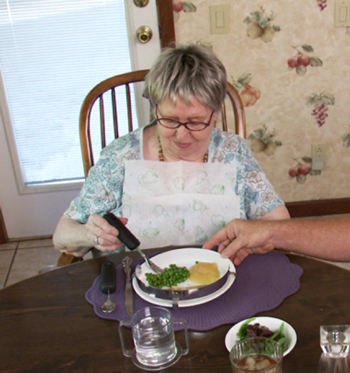When you help to feed a person follow these tips:
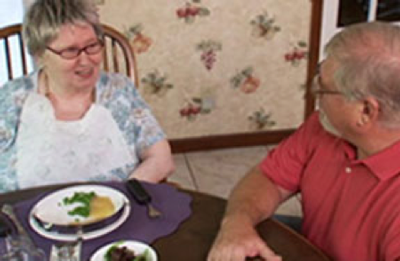
There are ways you can increase a person’s appetiteor desire to eat.
If a person begins to choke be sure they are sitting up straight. If they can speak, the choking is not life threatening.
Have them remove any food in their mouth and wait till the choking stops. Do not force them to eat or drink while choking. In some cases you might care for a person who uses oral suction routinely. Oral suction is a good way to remove secretions.
Heimlich Maneuver
If the person choking cannot speak, cough, or breathe, call 911 immediately. While waiting for emergency responders stay calm and perform the Heimlich maneuver.
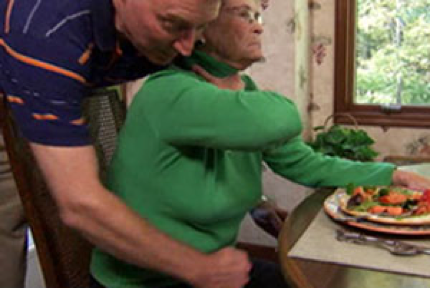
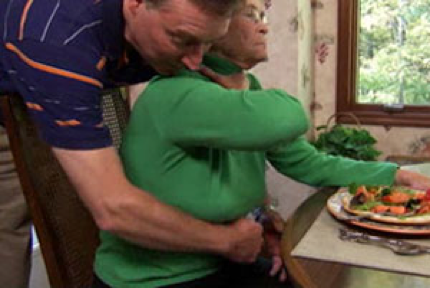
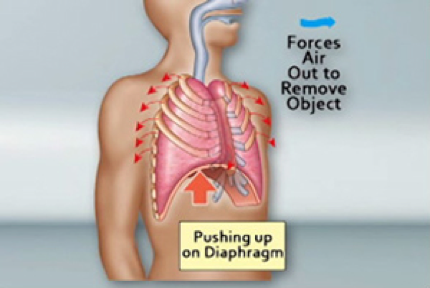
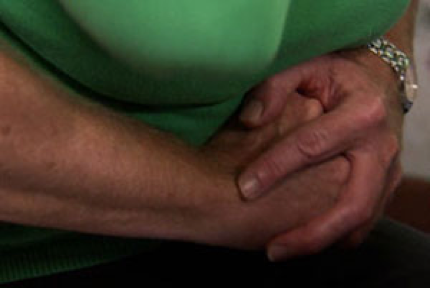
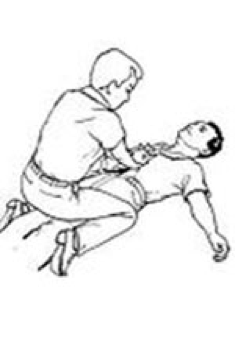
If the person stops breathing and loses their heartbeat (pulse), CPR may be necessary.
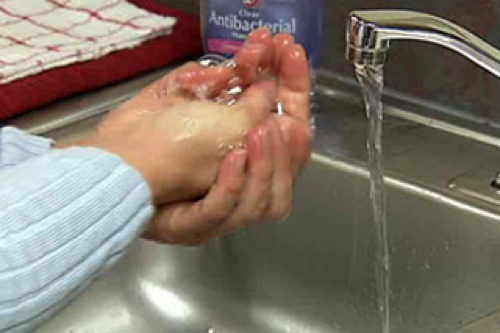
As a family caregiver it is important for you to follow food safety guidelines.
Food safety is a public health issue. Germs enter food from improper cleansing, preparation or poor hand washing practices. Eating foods containing these germs can make a person very ill. Persons most at risk for developing food borne illnesses are the elderly, very young, and those with lowered resistance to infection.
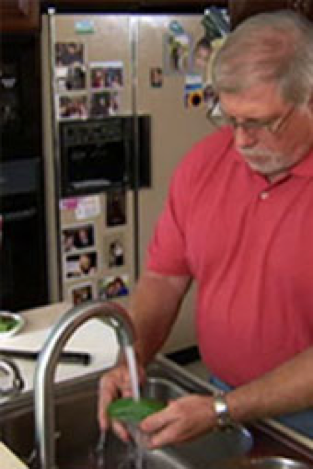
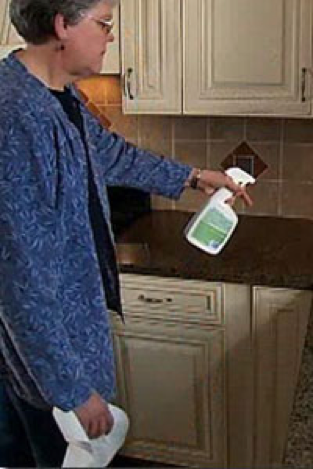
You can play a key role in preventing food borne illnesses such as Salmonella, E Coli and staphylococcus in the home.
Most people do not think about food borne illness until the person they care for or they themselves become ill. While the food supply in the United States is one of the safest in the world, the CDC estimates that each year 76 million cases of food borne illness occur.
